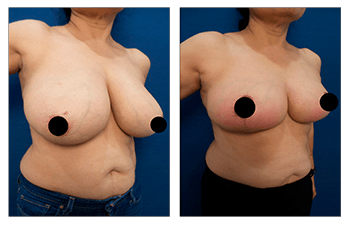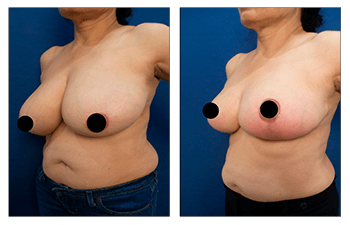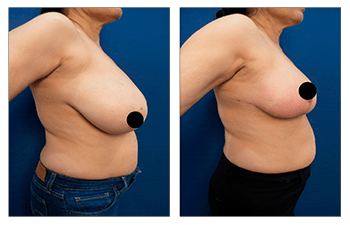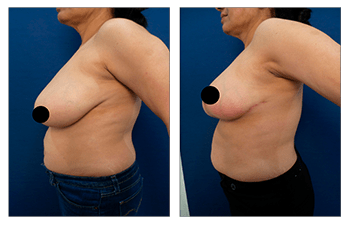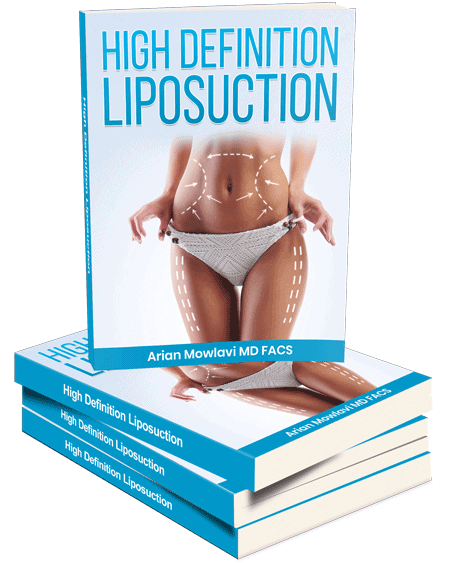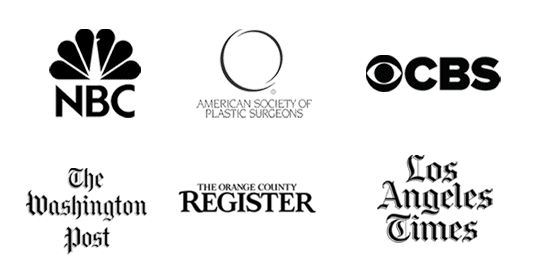Redness over the lower breast mound following breast lift is unavoidable in the early postoperative period. As a medical advisory member on Realself, an online question and answer platform for patients, I observe this concern from patients routinely.
The most common concern is whether the redness over the lower breast following breast lift is an infection. The redness can be quite bright and concerning for patients who worry about their incision lines acting as a source of breast incision line contamination and subsequent infection. In particular, breast lift incisions are prone to poor healing.
This especially true at the lowest aspect of the vertical breast incision line called the “inverted T” site. The “inverted T” incision site is the most vulnerable area and tightest of the incision lines and prone to incision line separation and small wound. When this small wound develops, it makes concern of redness even more frequent. However, ninety-nine percent of redness over the lower breast is not related to an infection at all.
Redness over the lower breast pole following breast lift surgery has to actually do with cutting off of the normal blood flow. Think of congestion that might occur if a freeway blockade was put up. It would immediately cause all of the cars to turn around and have to go back to find another detour route.
This is exactly what occurs in breast lift surgeries that lead to redness over the lower breast pole. However, in this scenario, replace the cars with red blood cells and replace the blockade with the wedge excisions done to reshape the breast.
The vertical and inferior incision lines that conglomerate at the “inverted T” incision line, that acts literally like a blood flow blockage. When the blood vessels are cut off of their normal outflow, then the blood cells have to be rerouted and re-establish blood flow back out of the region. It is this vascular congestion that is responsible for the redness that is observed along the lower breast pole.
In summary, redness over the lower breast following breast lift is very common and not a concern for infection. Remodeling of blood flow will occur over the first 3 to 6 months and result in near-complete resolution of lower breast pole redness. Patients are routinely reminded of this fact and asked to be patient with the resolution of the redness.
In fact, most patients observe the resolution of the redness and demonstrate satisfaction following breast lift surgery.
A 60-year-old female patient demonstrates temporary redness following breast lift that will subside in approximately 6 months.

